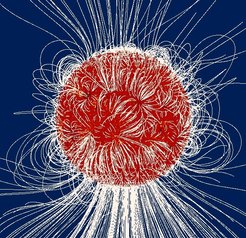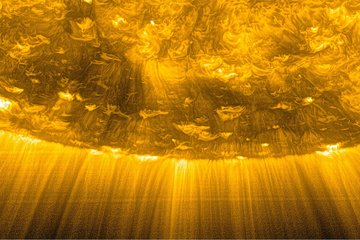Magnetic modelling of the interface region between solar photosphere, chromosphere, transition region and corona.

A PhD project in modelling and data analysis The solar magnetic field is key to understanding the physical processes in the solar atmosphere. Unfortunately, we measure the magnetic field vector routinely with high accuracy only in the photosphere with, e.g., Hinode/SOT or Sunrise/IMaX. These measurements are extrapolated into the corona under the assumption that the field is force-free. This condition is not fulfilled in the photosphere, but is in the chromosphere and corona. In order to make the observed boundary data consistent with the force-free assumption, we therefore have to apply some transformations before nonlinear force-free extrapolation codes can be legitimately applied. We developed a minimization procedure that uses the measured photospheric field vectors as input to approximate a more chromospheric like field. The procedure includes force-free consistency integrals, spatial smoothing, and an improved match to the field direction as inferred from fibrils as can be observed in, e.g., chromospheric H-Alpha images. While the combination of pre-processing and force-free modelling allows us to reasonably estimate of the chromospheric and coronal magnetic field, we do not fully understand the magnetic field structure between photosphere and chromosphere, where the field is not force-free. A significant part of the energy is stored in this region, however, and we aim for a better understanding of this relatively thin layer. Because this layer contains a finite-beta plasma a force-free magnetic field model is not appropriate here and we need to apply magneto-hydro-static models which include the plasma and magnetic field self-consistently.














